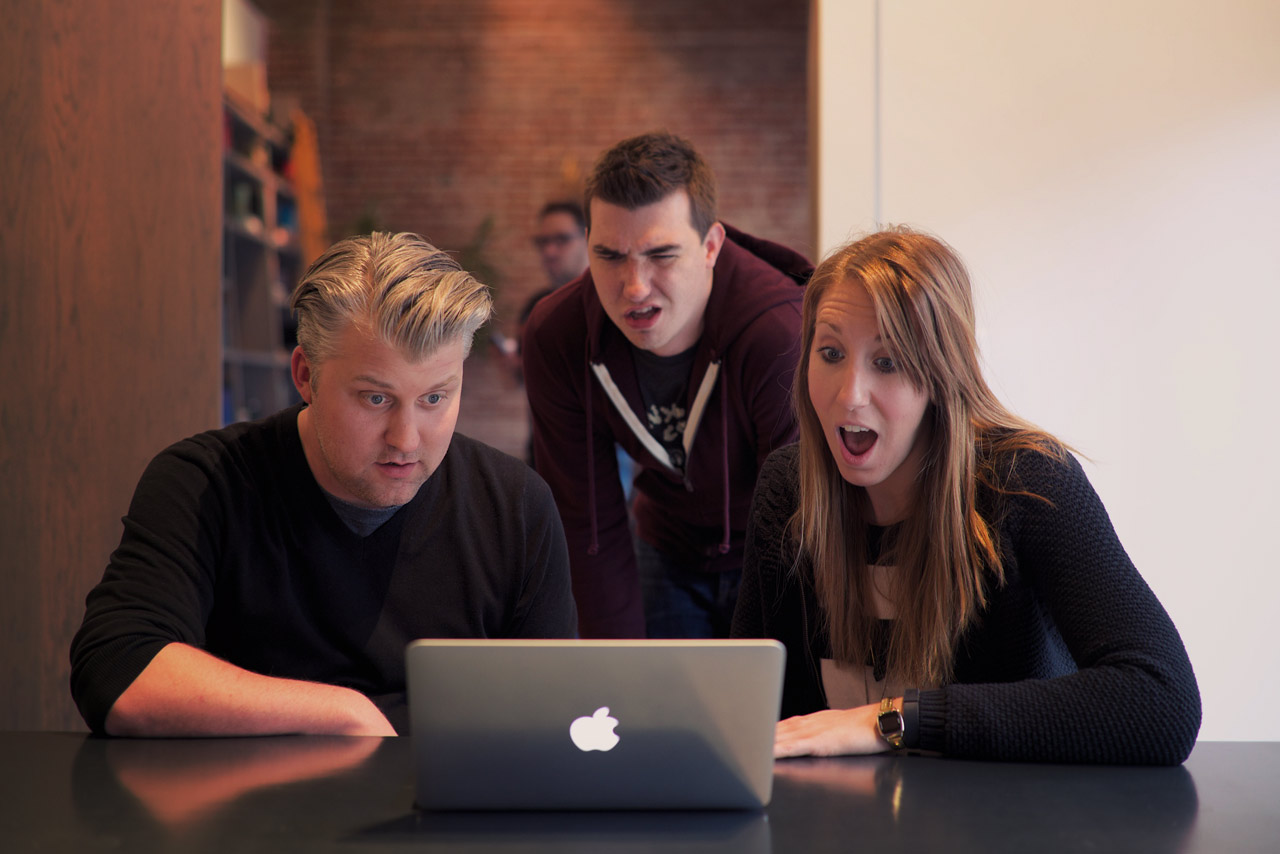Finding the Value in Shock Value
Want people to talk? Make a shocking ad.
Want customers? That’s trickier.
In the pursuit of “buzz,” too many marketers forget an important truth: while there’s typically a boost in brand awareness after the release of a shocking ad, brand affinity typically decreases. And awareness doesn’t mean much if people hate what you’re doing.
Take the case of Hyundai Europe, who wanted to promote their IX35 crossover model, a hydrogen-powered vehicle with an exhaust pipe that emits water vapor. An April 2013 ad made by Hyundai’s in-house agency depicted a man attempting to commit suicide in his garage using an IX35. He fails, predictably, because of the car’s harmless fumes.
The ad wasn’t boring. It didn’t rely on bland product features listed off by a celebrity narrator or a shot of an IX35 swooping down a leafy backroad. But the ad was heartless. For a company that was supposed to embody inspiration, Hyundai seemed much too eager to flaunt its lack of empathy. (To their credit, Hyundai Europe apologized quickly, made no excuses and pulled the ad from YouTube.) Everyone was talking about the IX35, but the controversy didn’t do much to spark sales.
Cases like this are disheartening first and foremost because of their social consequences. Media can be a powerful tool for social change, but it’s typically a mechanism for social stagnation. When ads exploit mental illness stigmas, sexism, or cultural stereotypes in the pursuit of “buzz,” they reinforce these social ills.
The second consequence is much less important than the first, but it has a big effect on the quality of work in our field. For those of us who are trying to bring ingenuity and creativity to marketing, the (justified) backlash to ads like this makes our clients hesitant to take any risks. Even smart risks.
It’s easy to stick with proven, expected marketing methods. They don’t cause any commotion, and they don’t create uncontrollable conversations. They don’t do much else for brands, either. When it comes to taking the creative risks that lead to big rewards, here’s how to do it intelligently:
Know your brand. Imagine your brand is a person. If this person wanted to take a risk and try something new, what would he or she conceivably do? The trick isn’t to push your marketing to the absolute limit, but to push it to your brand’s limit. Stretch the brand, but don’t break it.
Make it human. The most memorable, enduring marketing strategies don’t rely on offensive shock tactics, but they still reject conventions and surprise consumers. How do they get away with it? By embracing humanity and authenticity. They lift people up without cheesy, tired tropes, and they make them laugh without relying on cruelty. Can you imagine the pitch for “Farmer,” the excellent Ram Trucks ad from Super Bowl XLVII? No product bullet points, just a 1978 Paul Harvey speech about farmers. It was a risky ad, but it was human, and it trusted its consumers (most of whom had probably never farmed a day in their lives) to implicitly understand the connection between a farmer’s strength and the Ram Trucks brand. It was unforgettable.
Everyone should be in on the joke. If you’re trying to be funny, don’t do it at someone else’s expense. Consider K-Mart’s “Ship my Pants” ad, which used painless, lowbrow humor to build buzz. Was the ad tasteless? Yes. Was it everyone’s cup of tea? No. It didn’t aspire to be. It worked because it was gleefully gross but harmless, and (see rule #1) a good fit for the the playful K-Mart brand. Remember, no one likes a bully, but most people can appreciate a well-meaning class clown.
Be prepared, because people will talk. That’s okay. Listen to the conversation patiently. Keep an open mind, and let the public talk it out. If it becomes apparent that you’ve made a misstep and an apology or clarification is necessary, see rule #2: make it human. Listen and respond like a good friend.
Marketing tactics should always be surprising, but every brand has to define its own needs and boundaries. If it’s the right time to get risky, it’s better to be strategic than shy.

